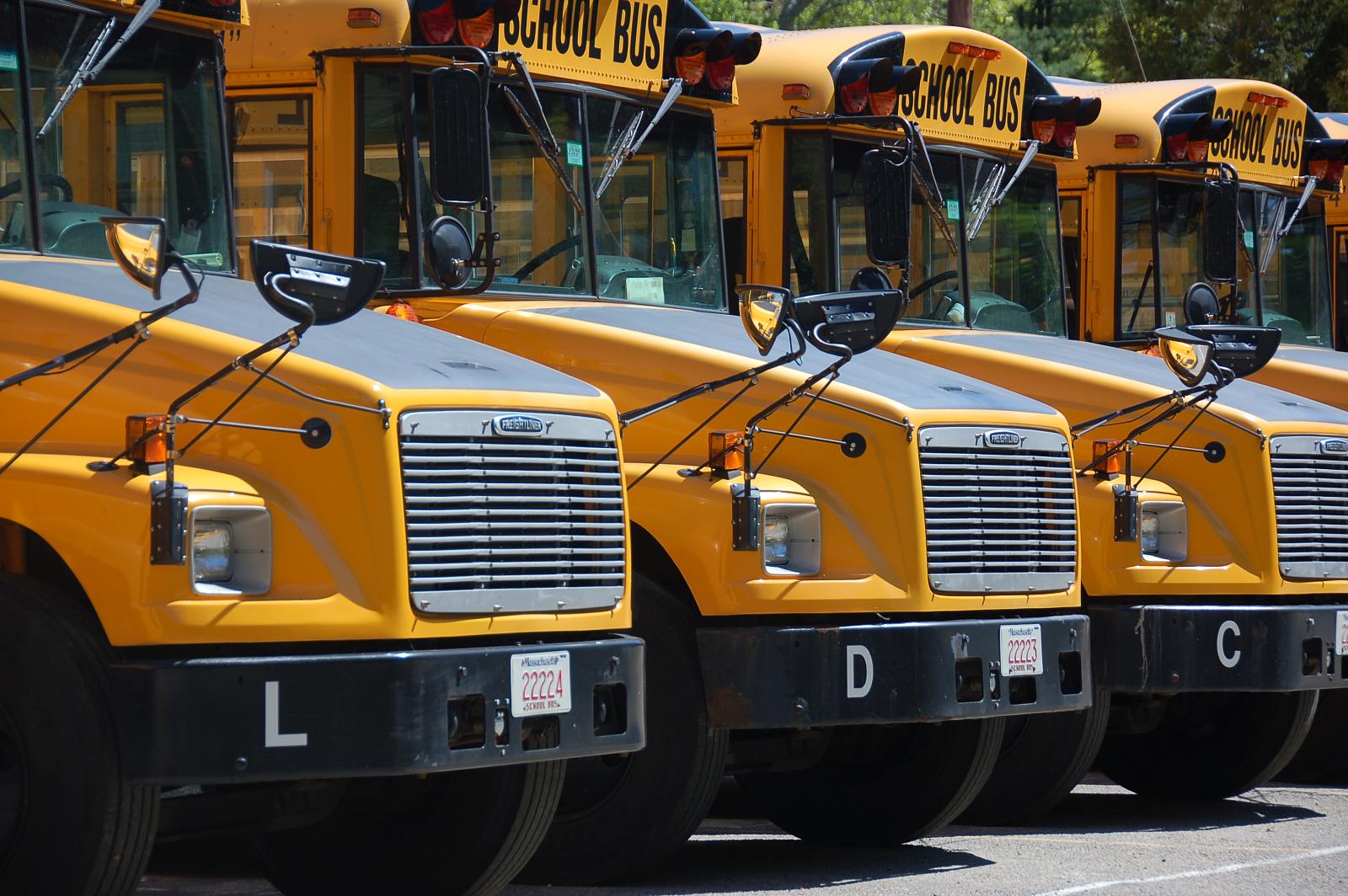Chronic lack of sleep affects more than one in three adults in the United States, and it is associated with a myriad of health problems. Medical conditions, restrictive work schedules, the normalization of sleep deprivation in popular media, and increased late-night screen time have all contributed to less time in bed. However, perhaps the biggest factor, and one adolescents cannot control, is school scheduling. The vast majority of middle and high schools begin the school day too early to afford students a full night’s rest.
Even more troubling is the significant socioeconomic and geographic inequality to lack of sleep. The initial financial burden of starting the day later has been a critical point for school boards considering adjusting their schedules; schools that serve low-income or rural populations are the most affected and face the greatest challenges in implementing later start times. Future legislative efforts to mandate more reasonable school start times must take this disparity into account and allocate funding to these districts to enable them to make the necessary changes.
Lack of sleep is one of the most widespread public health issues affecting American students, yet it is also one of the least talked-about. Numerous studies in recent years have tied sleep deprivation in teenagers to depressive symptoms, substance abuse, lack of physical activity, and poor school performance. Teenagers naturally operate on sleep cycles very different than those of regular adults: their circadian rhythms, which modulate wakefulness and sleepiness, bias them towards being active late in the evening. Their resulting late bedtimes, coupled with school bus schedules that can run as early as an hour before classes officially start, mean that students are regularly sacrificing precious hours of sleep to get to school in the morning.
Despite their sleep schedules, the average American middle or high school commences classes at 8:03 a.m. For teenagers, this is just too early; a 2014 American Association of Pediatrics study recommended that middle and high schools start the day no earlier than 8:30 a.m. in order to allow students to get the recommended 8.5 hours of sleep every night. Interventions such as increasing outreach to students about the importance of sleep and educating parents about the importance of setting earlier bedtimes have been proposed, but these merely treat the symptoms of dysfunctional scheduling rather than tackling its root cause.
Currently, school start times are decided at the local and district levels. No state has implemented a policy regulating school start times, and bills aiming to do so have faltered. The issue has generally received broad bipartisan support, but lobbying by teachers’ unions and school boards has maintained the status quo. Previous attempts to legislate later school start times have also met opposition primarily from school boards citing insurmountable logistical and financial challenges to changing their schedules. Most recently, a bill passed in the California legislature was vetoed by Governor Jerry Brown, who described it as a “one-size-fits-all” approach, adding that districts would be better off deciding what works best in their own communities.
Legislators looking to push back school start times would do well to keep in mind the different challenges faced by school districts. While some individual school districts have taken the initiative of delaying their start times, logistical concerns and bureaucratic inertia continue to keep school boards from committing to change. Statewide legislation is necessary to spur widespread change for all students; however, in order to be successful, future bills must do more to alleviate the concerns of school boards and to directly address the inequality and difficulty that many school districts face.
Geography is one simple factor complicating potential schedule changes in rural districts. Compared to those in urban locales, rural districts must invest more in bussing for students. Longer distances coupled with greater spread of stops can result in transit times that exceed one hour, leaving rural students no choice but to wake up earlier than their urban counterparts.
The socioeconomic status of school districts is another source of this divide. Schools serving low-income districts consistently receive less funding than those serving wealthier populations, meaning that low-income communities are generally served by under-resourced schools. While wealthy school districts have the flexibility and resources to buy new buses and hire drivers, lower-income areas may find it more difficult to expand their transportation options sufficiently to support a later school start time. Many districts already stagger elementary, middle, and high school start times throughout the morning, allowing them to use just one fleet of buses – these districts would need a second or even a third fleet to avoid ending school days too late in the day. Considering this, lack of sleep might be yet another factor widening the disparity in performance across socioeconomic levels.
In order to address these geographic and economic inequalities, legislation must provide financial backing to rural and low-income schools, allowing them to more easily change their schedules. This money should be allocated for school districts to expand their bus fleets. Doing so would be a substantial but worthwhile investment. An economic analysis conducted in 2017 by the RAND corporation, a nonprofit research institution, concluded that states could see economic gains as soon as two years after delaying school start times. The potential benefits for students more than justify these measures.
The body of scientific research backing the need for adolescents to get more sleep has only been growing over the years, making it clear that many schools are failing their students by maintaining early start times. Statewide policies mandating later school start times represent potentially the most straightforward and impactful way to boost student performance, health, and safety. Future legislation must be carefully designed to consider rural and low-income districts that are the most impacted by early start times and the least able to implement changes.
Photo: “School buses”
